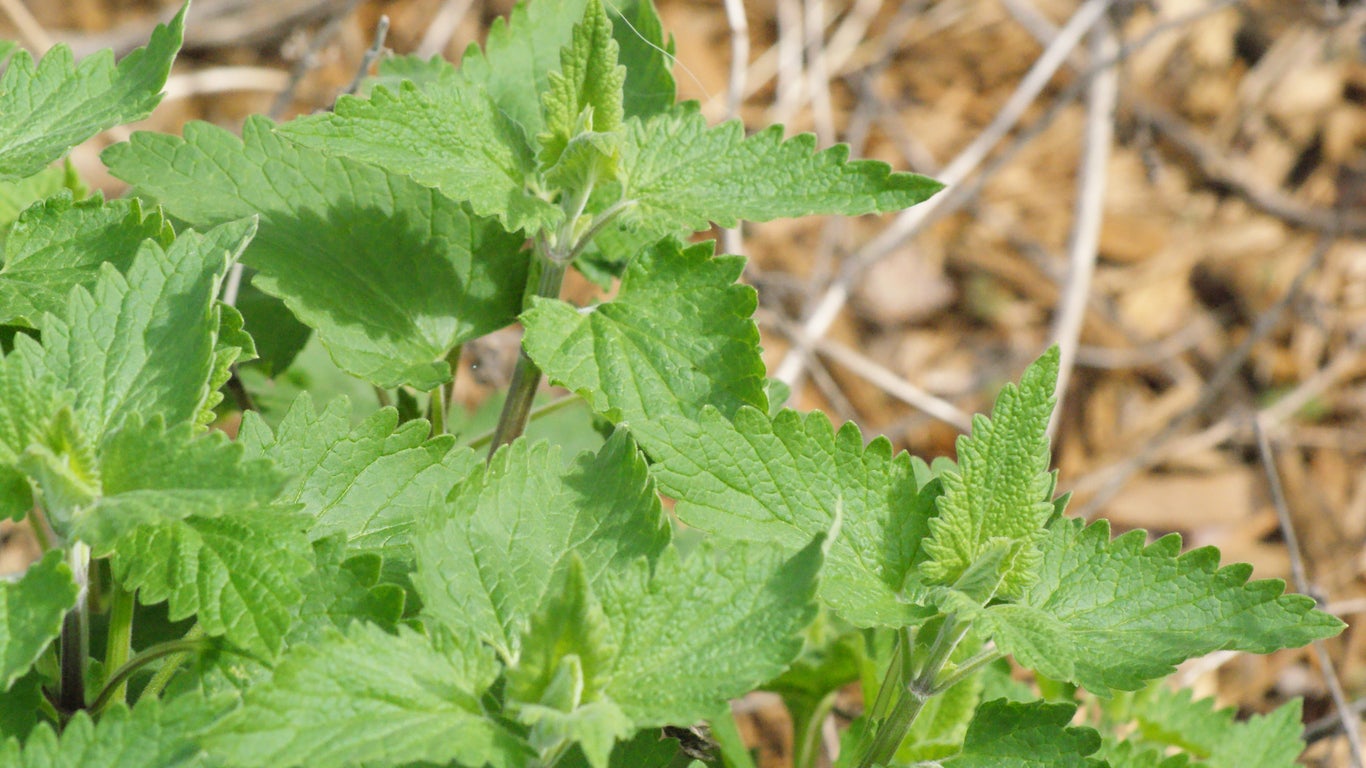Treating Catnip Diseases – How To Manage Problems With Catnip


Like most plants in the mint family, catnip is vigorous, strong and aggressive. There are few pest issues or catnip diseases that will seriously affect the plant's health. That means it can be hard to determine the causes if you have dying catnip plants. They can take quite a lot of abuse in the form of overly interested neighborhood felines. However, if your plant looks sick, fungal issues are probably the most common diseases of catnip.
Is My Catnip Sick?
Catnip is probably one of the easier herbs to grow. In fact, they thrive in low nutrient soil, are drought tolerant when established and reliably come back in spring even after the harshest winter. So why would you have dying catnip plants? If they haven't been loved to death by your local alley cats, the problem may be fungal or viral. Problems with catnip are usually related to site and conditions, and can be easily prevented. Catnip is generally fast growing and has strong rigid stems that are tolerant of the vigorous rubbing by amorous cats. Hardly anything bothers this adaptable herb except too little light and boggy soil conditions. If your catnip is exhibiting foliage problems, malformed twigs and stems, and even entire stems that rot out of the soil, you may be facing a fungal disease. Too much shade, excess water, crowded plants, overhead watering and clay soils are some of the conditions that promote disease spread of any type. Check your site conditions and make sure plants are in freely draining soil, sun and do not water when plants have no time to dry before sundown.
Fungal Catnip Diseases
Cercospora is a very common fungus on all types of plants. It causes leaf drop and can be recognized by haloed, yellow spots that darken as they age. Septoria leaf spots occur in closely planted plots during rainy periods. The disease develops as gray spots with dark margins. As the spores multiply, the leaf is suffocated and drops. Many types of root rot can cause problems with catnip. They can be hard to spot until the stems rot out of the soil but, generally, the girdling of the roots will slowly kill the leaves and stems. Correct cultural care and siting can help minimize each of these. An organic copper fungicide applied in early spring is also beneficial.
Viral and Bacterial Diseases of Catnip
Bacterial leaf spot appears first on the leaves. Spots are translucent with yellow halos and darken with irregular red centers. This disease flourishes in cool, wet weather. Avoid working around plants when they are wet, as this can spread the bacteria. In severe cases, the plants need to be removed and destroyed. Practice crop rotation with any mint family member. There are several types of virus but, overall, they cause mottled distorted leaves. Young plants are jaundiced and may become stunted. A virus normally spreads by handling, although some insects may also be carriers. Make sure to wash your hands if touching a catnip plant and keep beds clean and pest free.
Sign up for the Gardening Know How newsletter today and receive a free copy of our e-book "How to Grow Delicious Tomatoes".

Bonnie Grant is a professional landscaper with a Certification in Urban Gardening. She has been gardening and writing for 15 years. A former professional chef, she has a passion for edible landscaping.